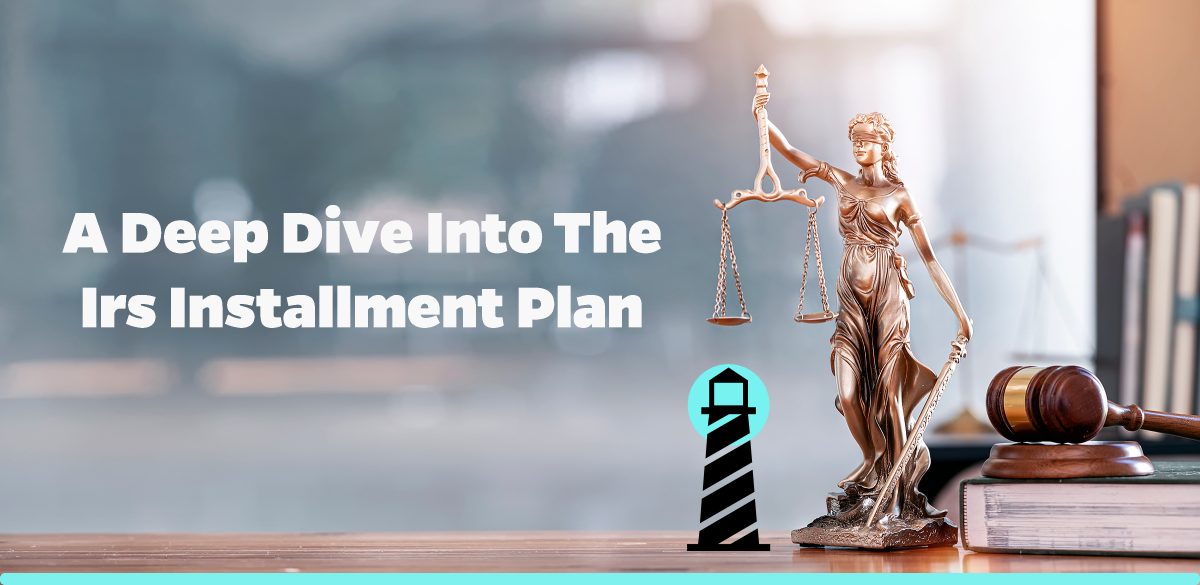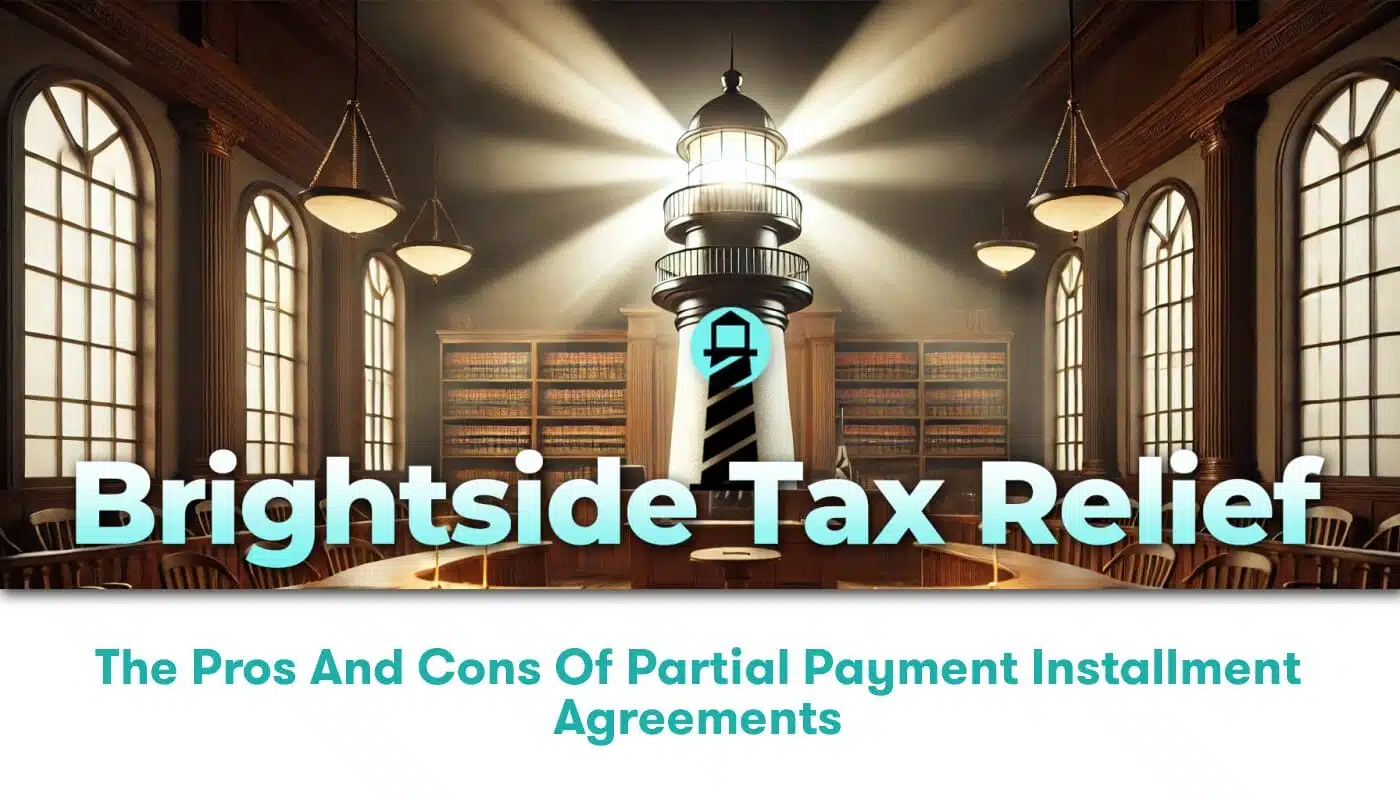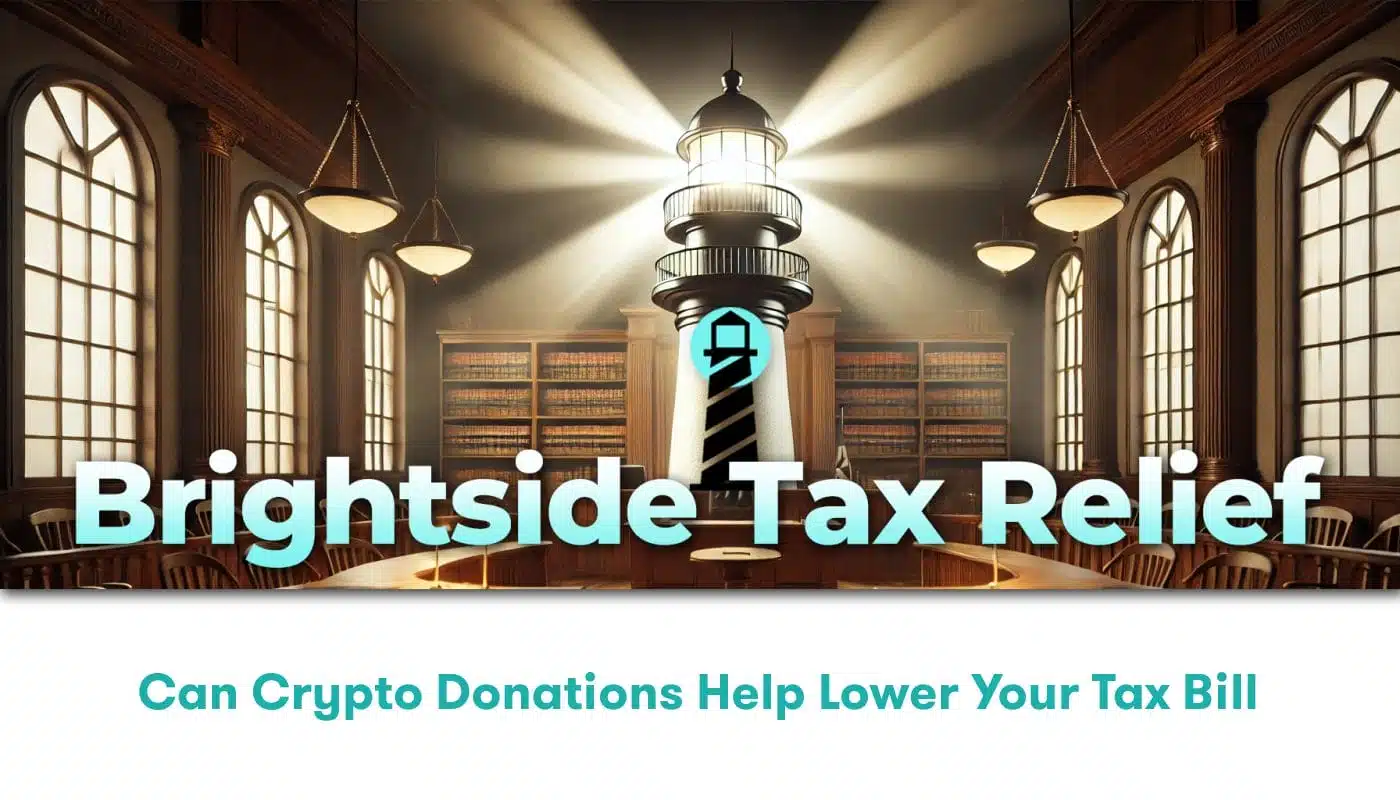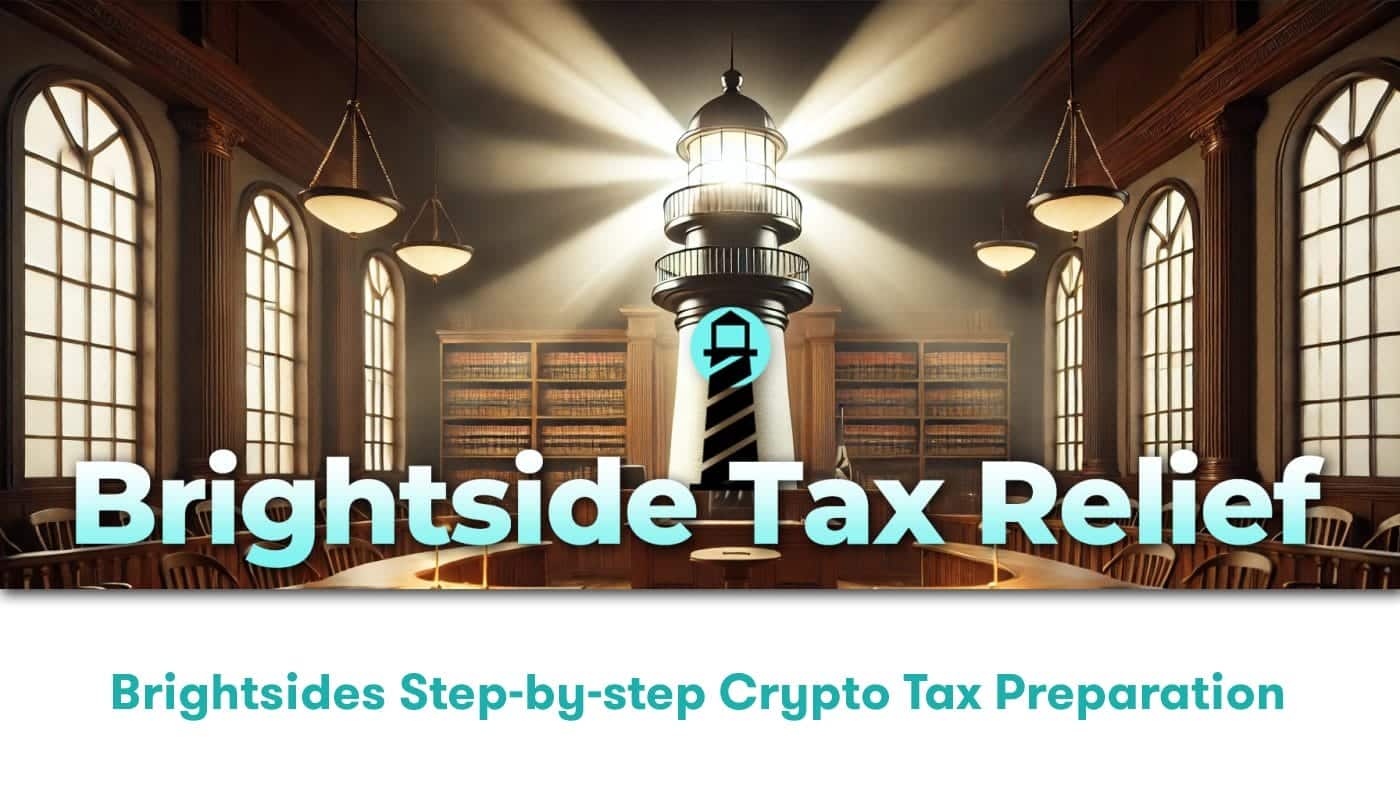Understanding the Basics of the IRS Installment Plan
Designed by the Internal Revenue Service (IRS), the IRS Installment Plan is developed to help taxpayers make manageable payments over time. It’s a type of agreement between a taxpayer and the IRS that allows the former to pay their tax debt in monthly installments. Intended to offer relief for those struggling to make lump-sum payments, this plan grants taxpayers the capacity to fulfill their obligations without compromising their financial stability.
Criteria for the IRS Installment Plan
Before a taxpayer can apply for the IRS Installment Plan, certain conditions must be met. Some of the prerequisites include:
- The taxpayer must have filed all necessary tax returns.
- The total amount owed should be less than $50,000, inclusive of interest and penalties.
- The taxpayer must be incapable of having to pay the entire liability at once.
There are also different types of installment plans, with each having its set of prerequisites. These types are short-term payment plans, long-term payment plans (also known as installment agreements), and payroll deduction agreements.
Benefits of the IRS Installment Plan
An IRS Installment Plan offers various benefits, and understanding them is crucial in making an informed decision. Some of these benefits include:
- The ability to break down a large tax liability into manageable monthly payments, hence reducing the financial burden.
- Avoiding severe consequences of non-payment like tax liens or levies.
- Reduced penalties and interest compared to paying off the debt at one go.
It’s worth noting, however, that even though this plan can provide significant relief, installment payments still incur interest and may involve a setup fee.
Applying for the IRS Installment Plan
To apply for the IRS Installment Plan, one can do it online or via mail. The online application comprises a more straightforward process with faster approval times. However, for those not comfortable with the digital process, submitting a Form 9465, Installment Agreement Request form via mail can be considered. Here are the exact steps for the process as per the IRS official website. Remember, an initial payment has to be made when you apply.
Possible Challenges with the IRS Installment Plan
While the IRS Installment Plan comes with a host of benefits, taxpayers may face challenges. For instance, if you miss a payment, the IRS has the right to terminate the agreement immediately. Moreover, interest and penalties continue to accrue even as one is in the installment plan.
A taxpayer must maintain good compliance with all tax requirements throughout their installment agreement. This includes filing subsequent tax returns timely and paying all subsequent tax amounts on time.
The Role of Tax Relief Companies in Navigating the IRS Installment Plan
Understanding tax obligations can be a daunting task, and that is where tax relief companies like Brightside Tax Relief come in handy. As a nationwide tax relief company, Brightside Tax Relief helps clients understand their tax debt solutions, providing insight and guidance to navigate these solutions effectively.
We leverage our expertise and experience to handle complex tax situations, helping our clients apply for the IRS Installment Plan. We help you understand the eligibility criteria, walk you through the application process, and assist in complying with the requirements of the plan.
Wrapping it Up: IRS Installment Plan
The IRS Installment Plan offers taxpayers with significant debt an opportunity to pay over an extended period. However, like any financial decision, it’s vital to understand its implications before going ahead. With the help of seasoned tax relief companies like Brightside Tax Relief, you can navigate this process smoothly, ensuring you make informed decisions that align with your financial objectives.






